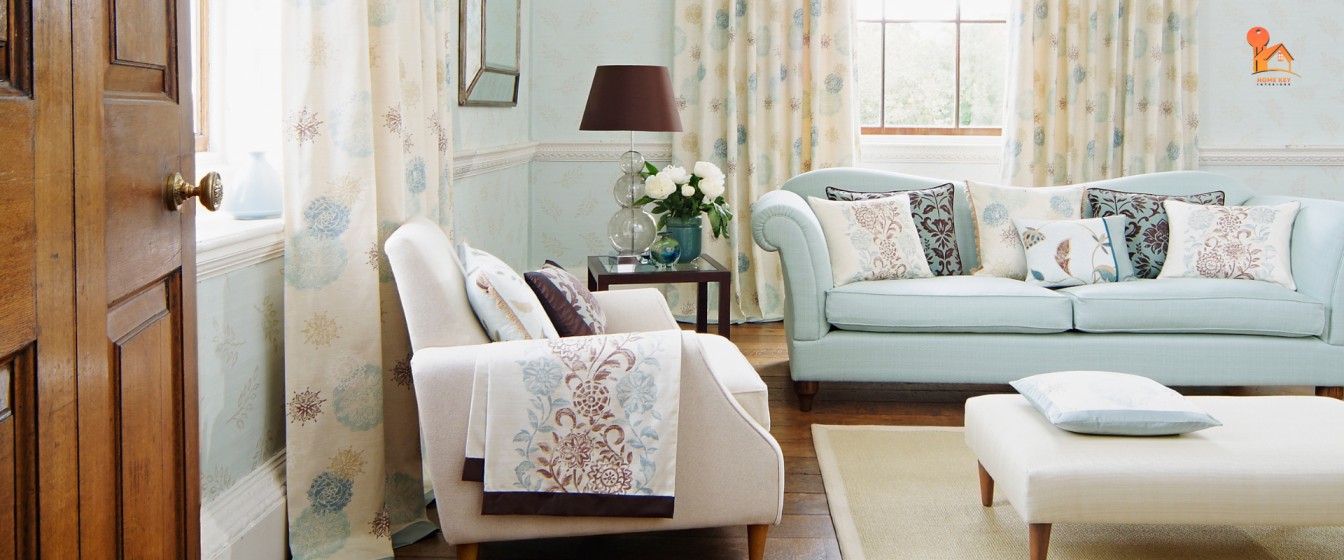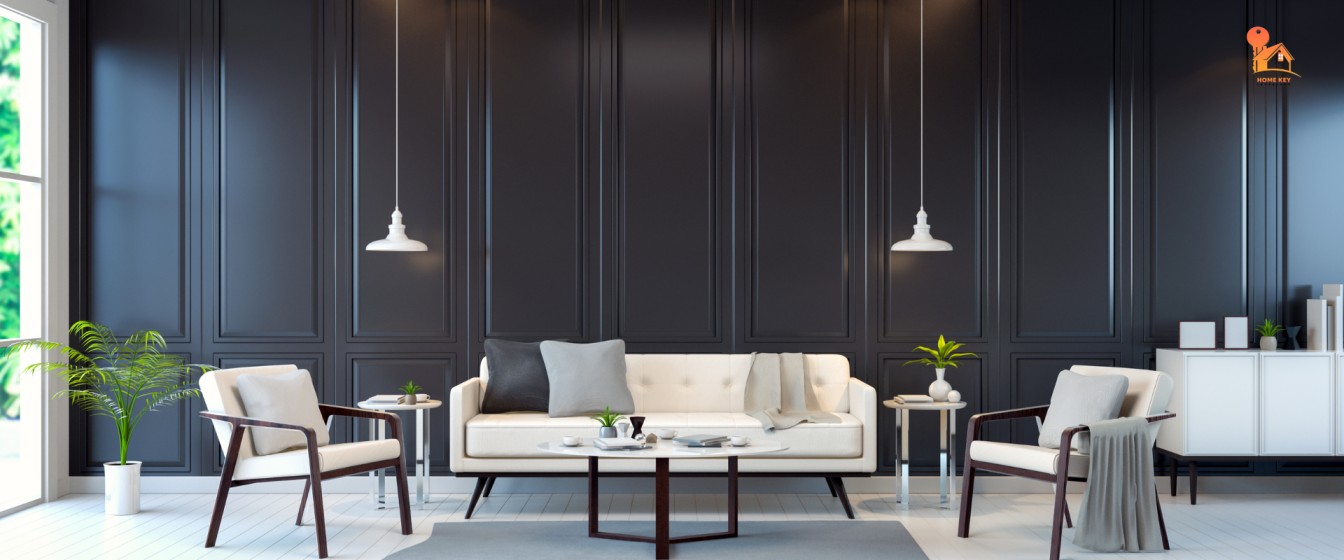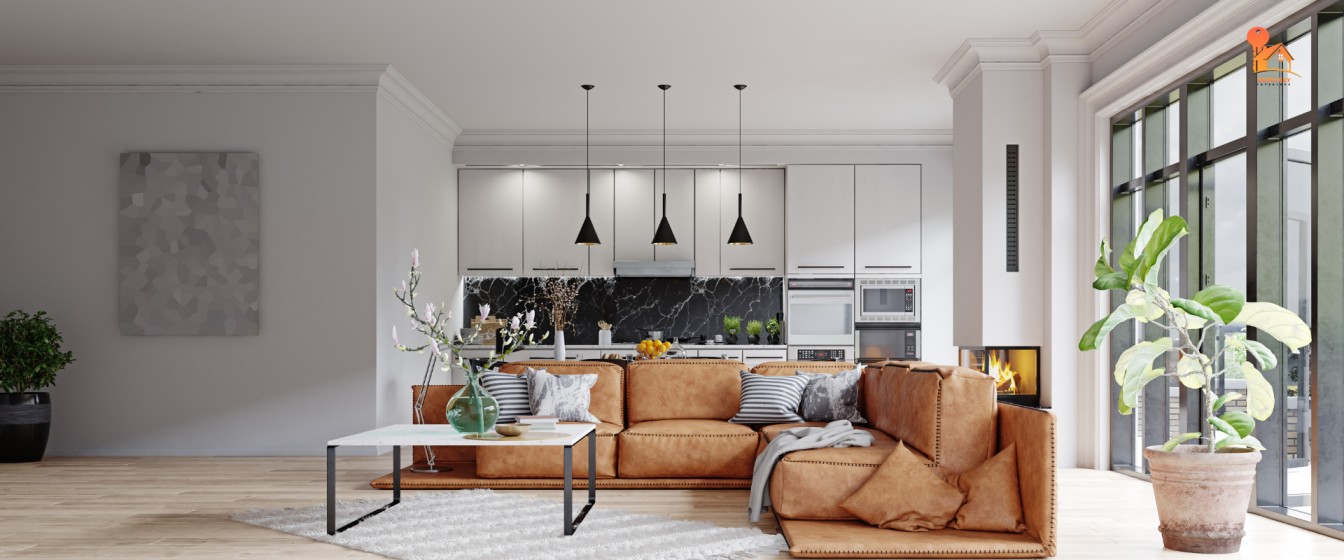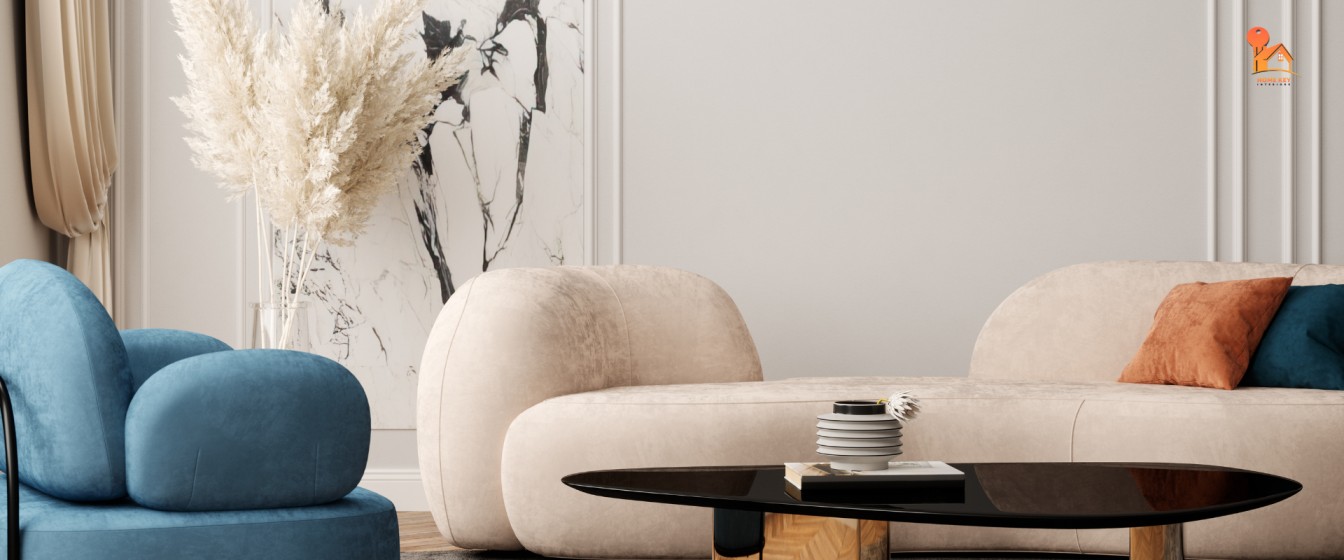




Inspired by old factories and warehouses, industrial design emphasizes raw materials like exposed brick, concrete, and metal. Industrial living rooms often feature high ceilings, large windows, and an open layout. This style is perfect for urban spaces or lofts but can also be adapted to suburban homes.



Choosing the right living room interior design style is essential in creating a space that reflects your personal taste and meets your lifestyle needs. Whether you’re drawn to the simplicity of modern design, the eclectic charm of bohemian style, or the cozy warmth of Scandinavian interiors, each style brings its own set of advantages and character to your home.
If you’re still uncertain about which style to choose or need professional assistance in bringing your ideas to life, working with an interior design company in Mohali can make the process smoother and more enjoyable. These experts will help you create a living room that’s not only beautiful but also functional and tailored to your individual needs.
Your living room should be a place where you feel comfortable, relaxed, and happy—a reflection of who you are. So take the time to explore different styles, experiment with layouts, and most importantly, enjoy the process of creating a space that feels like home.
Don’t miss our future updates! Get Subscribed Today!
©2020. Home Key Interior. All Rights Reserved.